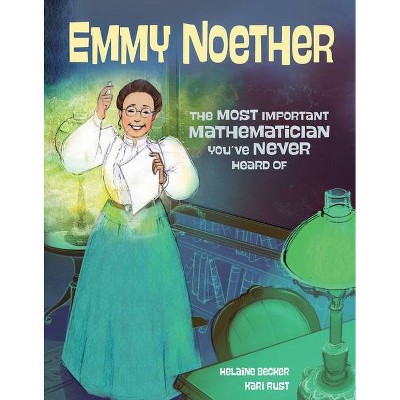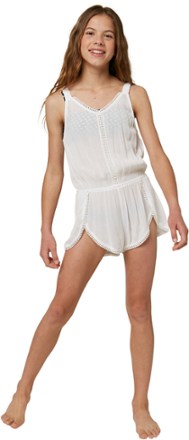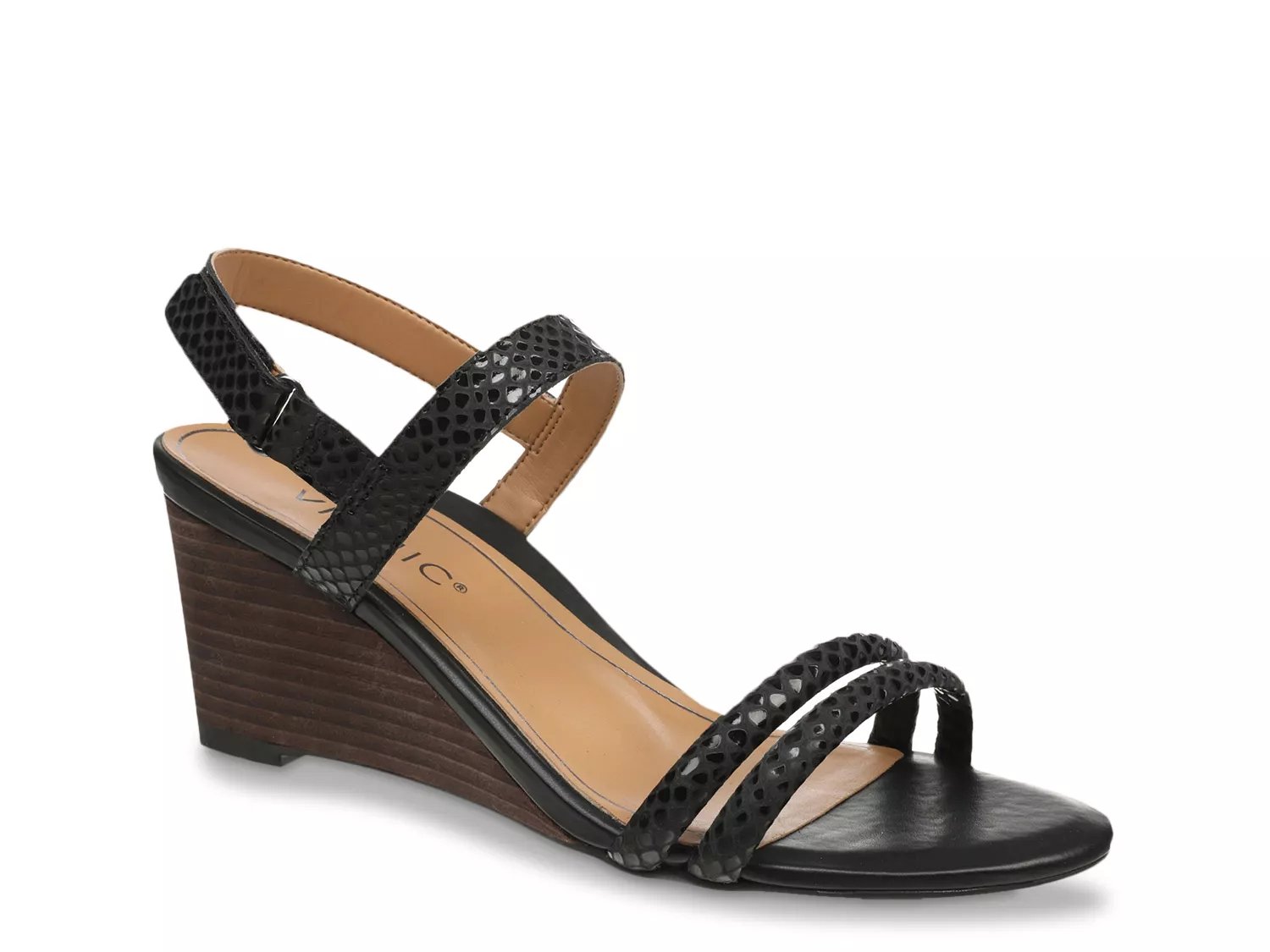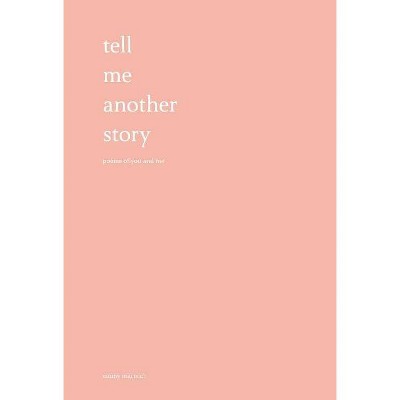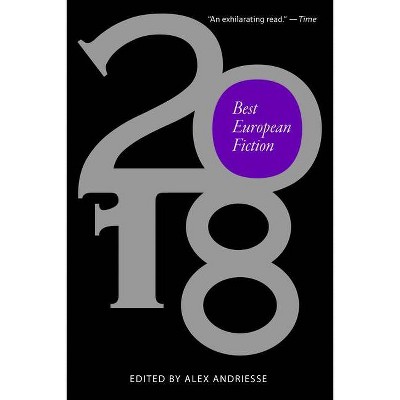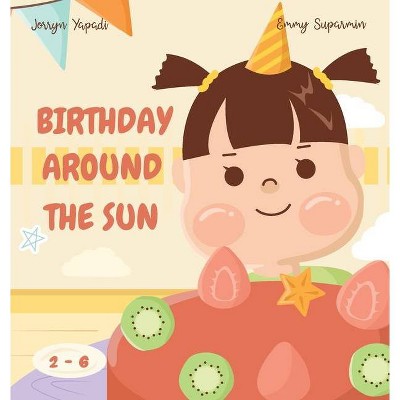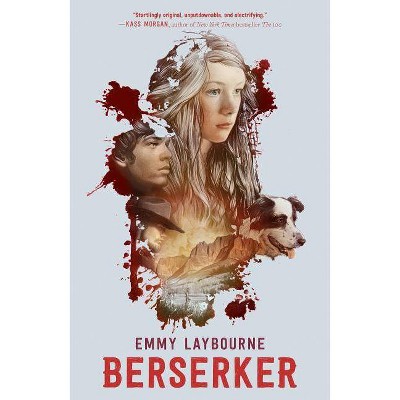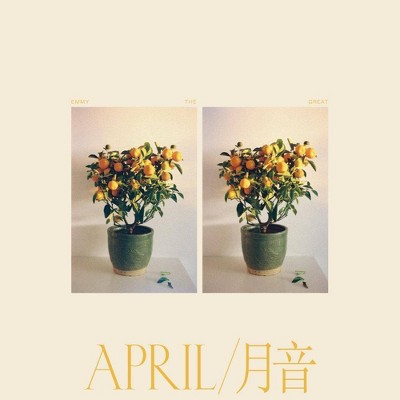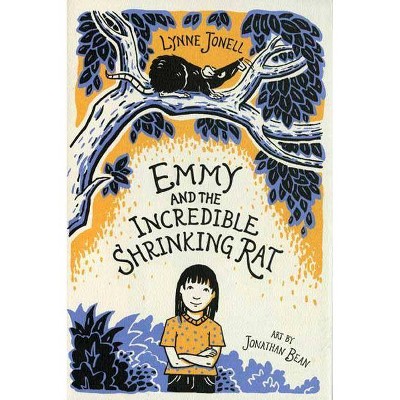Emmy Andriesse - (Hardcover)
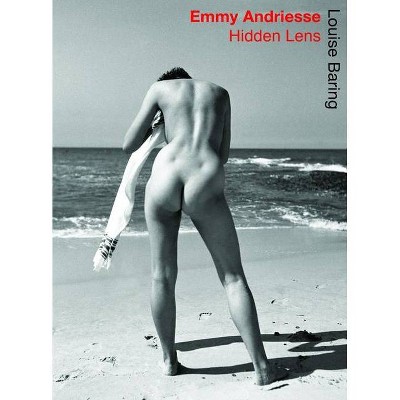
Similar Products
Products of same category from the store
AllProduct info
<p/><br></br><p><b> Book Synopsis </b></p></br></br>Emmy Andriesse (1914-1953) is one of the most important 20th century women photographers, best known for her unforgettable portrayal of Amsterdam's Hunger Winter of 1944-1945, now emblematic of civilian suffering during the Second World War. Andriesse as born into a liberal Dutch Jewish family. She was trained at the Royal Academy of Art in The Hague under the aegis of Gerrit Kiljan and Paul Schuitema, who pioneered the ""New Photography"", based on Bauhaus principles -- as well as encouraging students to experiment with its role as a documentary medium. Her rigorous yet sensitive approach enabled Andriesse to produce images of extraordinary poetic power, while her versatile fashion, documentary, portrait and landscape photographs reveal her curiousity about her fellow human beings and sense of beauty in the world around her. She used her quick perception to capture everyday life, often emphasizing a specific aspect to lend strength to her compositions: cyclists pedalling into an oblong of sunlight on a cobbled street; the diaponal of a woman's bare legs stretched out on a beach, the sand rippled by the ebbing tide; three fisherman dwarfed by a giant net slicing across the foreground, or a blonde-haired Amsterdam teenager powdered with falling snow, as he clutches his led on his way to the frozen canals. <p/>Her image of three fisherman behind a net, taken in 1940, just before the German invasion, proved her last published photograph until after the war. Unable to work, then forced to wear the yellow star, her life darkened. Her marriage to Dick Elffers, who was from a Protestant family, protected her only for a while. Thus, in early 1943 Andriesse went into hiding. Together with Dick Elffers, she joined the ""artists' resistance"" -- risky work for which the penalty was execution -- venturing out again only in the final months of the war to document ordinary lives under exceptional circumstances in the Hunger Winter -- the images that defined her career. Though she survived the war, Andriesse feared she would die before she reached forty, like her own mother. It was this premonition that in part fuelled her eagerness for living, an eagerness for photographing, seeing, experiencing, suffering, enjoying...reflected in both her varied choice of subjects and tangled personal life. Andriesse's strength lay in her ability to combine dramatic intensity ith aesthetic rigor, photographing an astonishing array of subjects during a career that spanned only seventeen years. Her fourteen thousand-odd negatives and contact sheets, housed at Leiden University's Print Room, are a testament to her enormous drive and discipline.<p/><br></br><p><b> About the Author </b></p></br></br>Louise Baring has contributed to "The Economist, Vouge, Daily Telegraph "and the "Independent "on Sunday. She is the author of the acclaimed books Martine Franck (2007) and Norman Parkinson: A Very British Glamour (2009). She lives and works in London. <BR>
Price History
Price Archive shows prices from various stores, lets you see history and find the cheapest. There is no actual sale on the website. For all support, inquiry and suggestion messagescommunication@pricearchive.us
